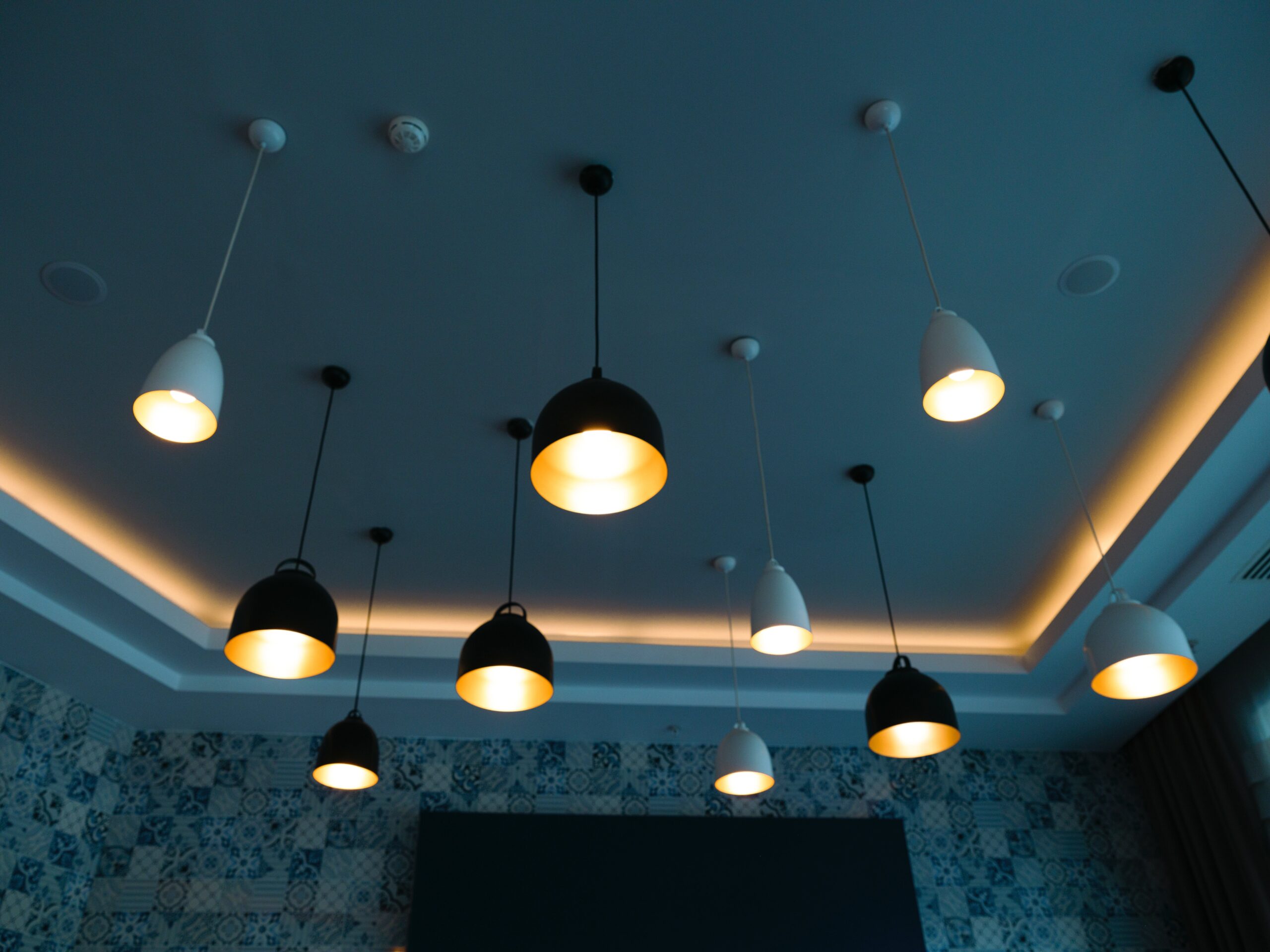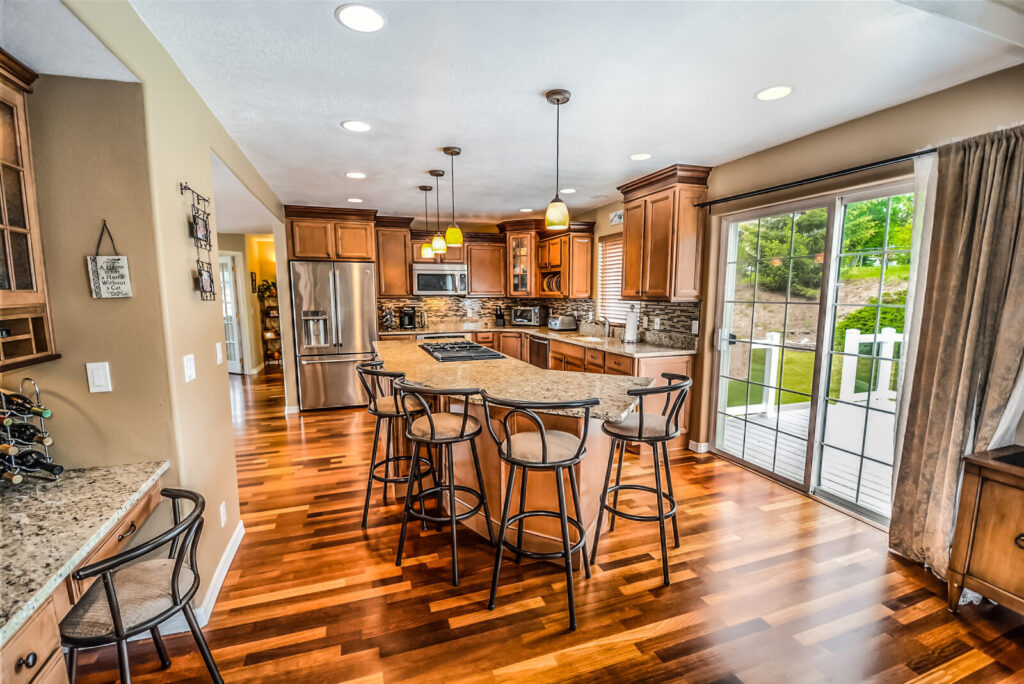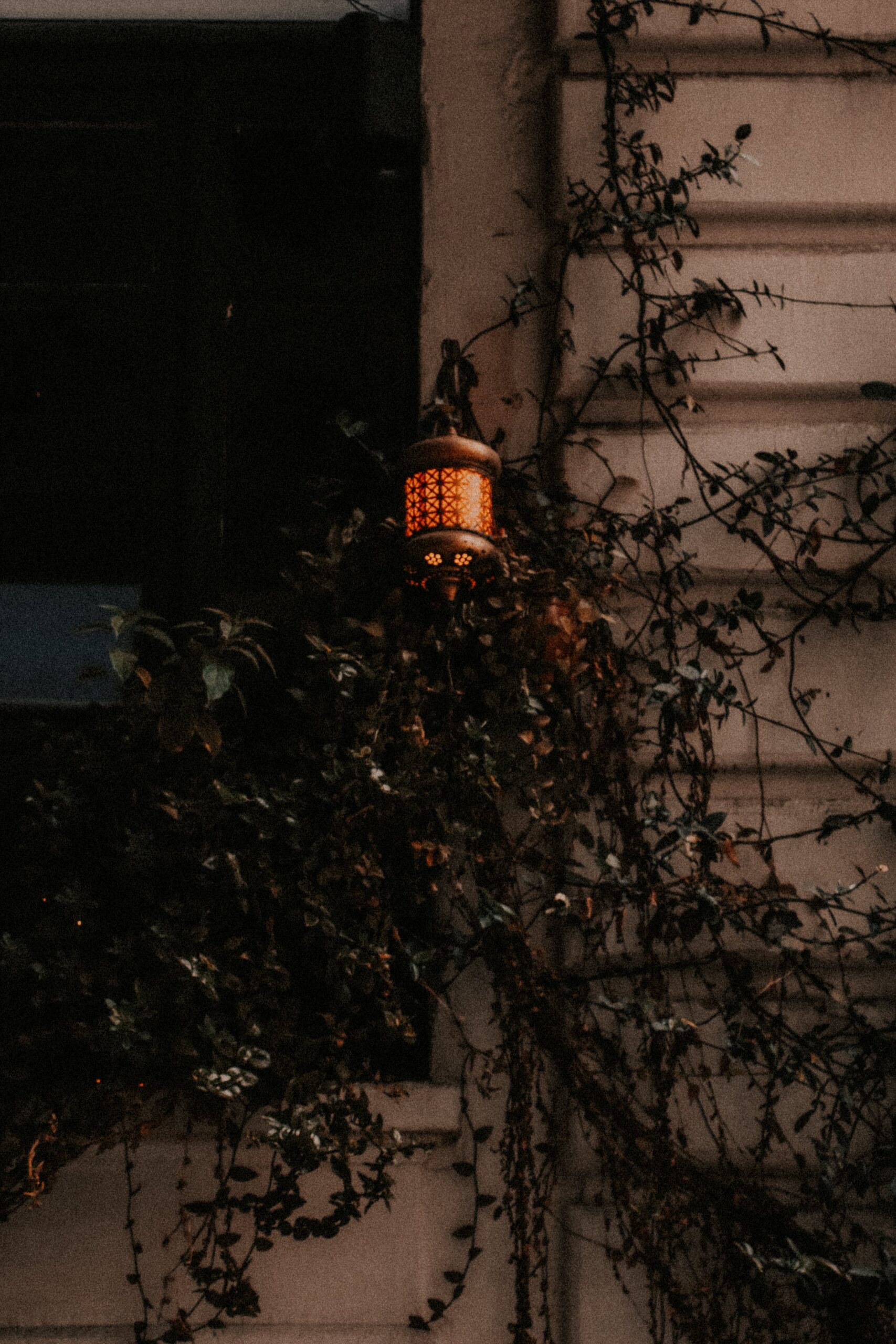Simple Tips For Choosing The Best LED Recessed Lighting For Your Home
Recessed lighting is a versatile and efficient way to light up your home. But with all the options, it can be hard to figure out which recessed lighting will work best for you. We’ll walk you through all the factors determining whether a specific type of recessed light is right for your project and home. From wattage and brightness to color temperature and CRI, learn more about LED recessed lighting and how to choose the right one!
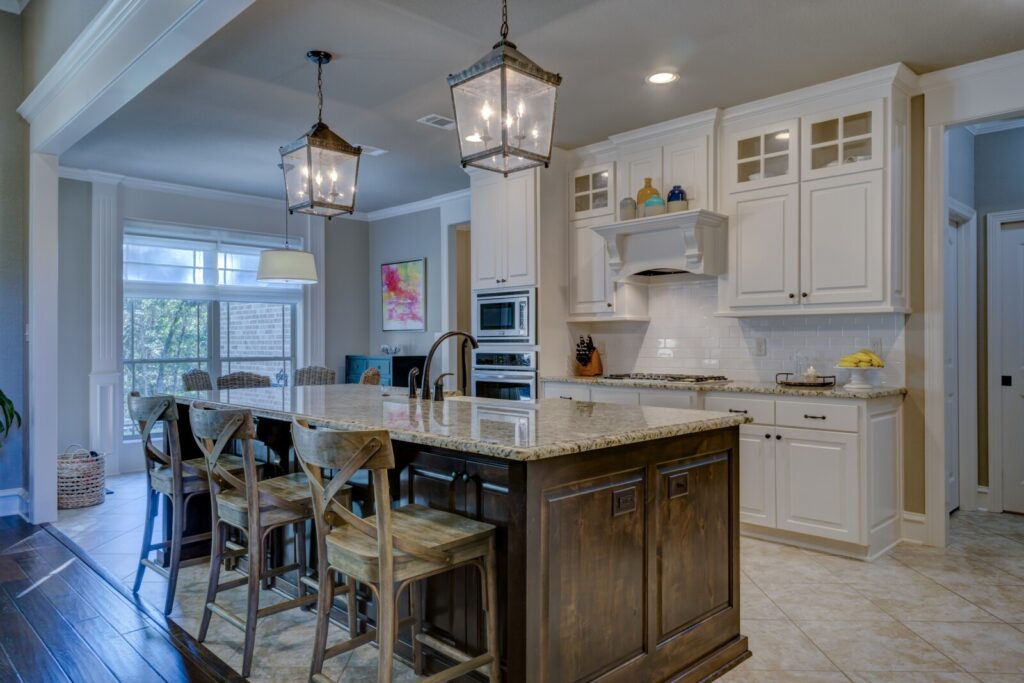
Simple Tips For Choosing The Best LED Recessed Lighting For Your Home
Choosing the Proper Wattage for LED Recessed Lighting
When choosing LED recessed lighting, it is essential to understand how wattage affects your overall brightness. The wattage of the bulb is directly related to how many lumens (a measurement of light output) it can produce. The more lumens, the brighter your room will appear after installation. However, this doesn’t mean that you should always choose the highest wattage available—you can save money by purchasing a lower-wattage option that produces enough light for your space.
If you want to choose the right LED bulb for your home, follow these general guidelines:
- If you want high brightness in large areas such as living rooms or dining rooms, consider going with 400 to 800 lumens per square foot (or 5–8 watts per square foot). This is ideal if you do not have access to natural sunlight during most hours of the day; otherwise, consider using fewer watts so that there aren’t any shadows created by bright spots on walls from direct lighting sources like windows or skylights above them!
Choosing the Proper Lumen Output for LED Recessed Lighting
The lumen output of a recessed light fixture is the total amount of light emitted by that fixture and measured in lumens. The more lumens you have, the brighter your space will be.
To determine how many lumens to choose for your lighting needs, consider the size of your room and its distance from other rooms or spaces. Some rooms need more light than others; larger spaces generally require more lighting, while smaller ones may do just fine with less (or even none). If you’re designing a small bathroom that has no windows but does have an adjoining mirror-lined hallway for natural light—and if this bathroom is located right next to another room where people can see into it—then you might want to install additional recessed lights in addition to those already present.
Choosing the Proper Color Temperature for LED Recessed Lighting
The best way to determine which color temperature is right for your home is by looking at the types of decor you have. It is important to note that color temperature has a significant impact on how we perceive light and the impact it has on our moods.
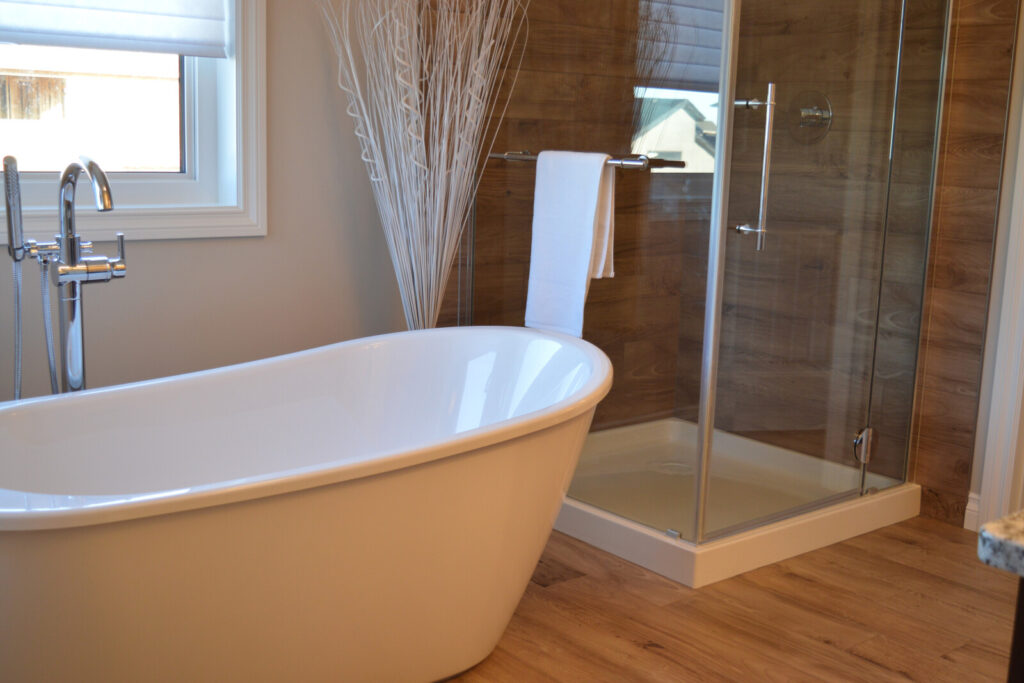
Choosing the Proper Lumen Output for LED Recessed Lighting
There are three main types of lamp: warm white, cool white, and daylight (daylight is not a lamp but rather an approximation of daylight). Warm white lamps are typically used in living spaces, producing a soft yellow glow that’s easier on the eyes than blue or red hues. Cool white lamps are commonly used in kitchens because they give off more light than warm whites do—but beware: too much blue can cause eye fatigue! And finally, daylight lamps mimic the bright glare of natural sunlight by emitting light with a bluer tint than ordinary incandescent bulbs. However, their yellowish cast means they aren’t ideal for enclosed spaces like bathrooms where residents want softer lighting during morning showers or evening baths.
Choosing the Right CRI for LED Recessed Lighting
Choosing the right CRI for LED recessed lighting is essential. The Color Rendering Index (CRI) measures a light source’s ability to reproduce an object’s colors. On a scale of 0-100, 100 is the best score you can get and means that the light source will render all objects in their actual color. The closer you reach 100 on this scale, the more accurate your colors will be.
CRI compares how well a light source renders color compared to natural sunlight or daylight at noon on a bright summer day. It also refers to how well it renders all other colors instead of reds, greens, and blues. Lower scores on this index range from 0-40, with 40 being ideal for home use as it provides excellent color rendering without sacrificing brightness or energy efficiency like some high-quality bulbs when used in cold environments like those found inside houses.
An excellent way to choose your lighting based on its color rendering properties would be by considering whether or not it looks realistic enough.

Choosing the Right CRI for LED Recessed Lighting
Choosing Between Dimmable and Non-Dimmable LED Recessed Lights
In the dimmable LED recessed lights, the LED itself needs to be a dimmable one. But when buying a non-dimmable LED recessed light, you don’t have to worry about whether it has a dimming feature.
Since non-dimmable light is cheaper than its counterpart, most people prefer them over their counterparts, but there are some drawbacks to using them.
When you compare the two types of fixtures side by side, you will see that all other things are equal (price and energy output). An LED fixture that can be dimmed will be more energy-efficient than its non-dimmable counterpart since it will allow for adjustments to meet both living area brightness needs and overall room ambiance requirements from time to time during any day or night cycle.
Choosing Between Remodel and New Construction LED Recessed Lights
Recessed lights are generally easier to install if you’re remodeling an existing space. Remodel lights don’t require custom framing or vents; they can be hung from the ceiling without additional hardware. Additionally, these fixtures are typically less expensive than new construction options.
However, if you’re building a new home and want to maximize energy efficiency in all areas of your home—including your lighting—new construction LED recessed lights may be more up your alley. These fixtures often have better controls that allow homeowners to control light output and power consumption as needed during different times throughout the day/night cycle (for example: turning off sconces at night). In addition to this added feature set and customization potential, many manufacturers offer free shipping on all orders over $50!
Recessed Lighting Trim Types
The shape of your recessed light will determine its trim type. Recessed lighting is available in many shapes and sizes, which means many different trim types are available. If you’re looking for a round or square recessed light, you’ll need to purchase a round or square-shaped lens. You can also find octagonal lenses for an even more unique look!
The style of your recessed lighting fixture also affects which trim type works best. For example, if you have an ultra-modern home design with lots of chrome accents throughout, you might want to get some brushed nickel trims for your LED lights to match those other elements perfectly.
Learn about each factor that determines which kind of recessed lighting is best for you.
Recessed lighting is a type of lighting that’s installed inside the wall and ceiling, usually in places like kitchens and bathrooms. It consists of a small plastic housing with either one or two bulbs protected by a diffuser lens. Recessed lights can be divided into three types:
- Can lights
- Track lighting
- Ceiling lights
Each type has its pros, cons, and applications. For example, can lights only require one screw for installation; however, their limited space makes them less versatile than track lighting or ceiling lights.
Conclusion
It is our hope that this guide has helped you to make a more informed decision about purchasing recessed lighting. Remember, many different factors are involved in making this decision, and some may not seem important at first glance. However, they can make all the difference in getting exactly what you need from this lighting system!
rmine its trim type. Recessed lighting is available in many shapes and sizes, which means there are a lot of different trim types available. If you’re looking for a round or square recessed light, you’ll need to purchase a round or square-shaped lens. You can also find octagonal lenses for an even more unique look!
The style of your recessed lighting fixture also affects which trim type works best with it. For example, if you have an ultra modern home design with lots of chrome accents throughout, then you might want to get some brushed nickel trims for your LED lights so they match those other elements perfectly.
Learn about each factor that determines which kind of recessed lighting is best for you.
Recessed lighting is a type of lighting that’s installed inside the wall and ceiling, usually in places like kitchens and bathrooms. It consists of a small plastic housing with either one or two bulbs, which are protected by a diffuser lens. There are three main types of recessed lights:
- Can lights
- Track lighting
- Ceiling lights
Each type has its own pros, cons and applications. For example, can lights only require one screw for installation; however, their limited space makes them less versatile than track lighting or ceiling lights.
Conclusion
We hope that we’ve helped you to better understand how to choose the best recessed lighting for your home. Remember, there are many different factors involved in making this decision and some of them may not seem important at first glance. However, they can make all the difference in getting exactly what you need from this type of lighting system!
